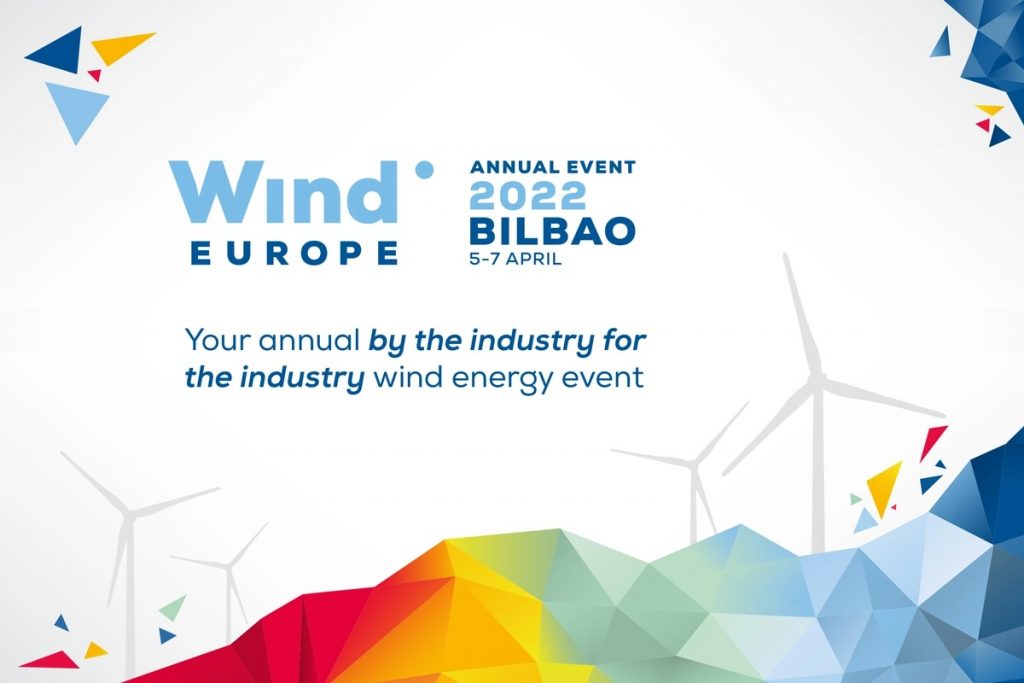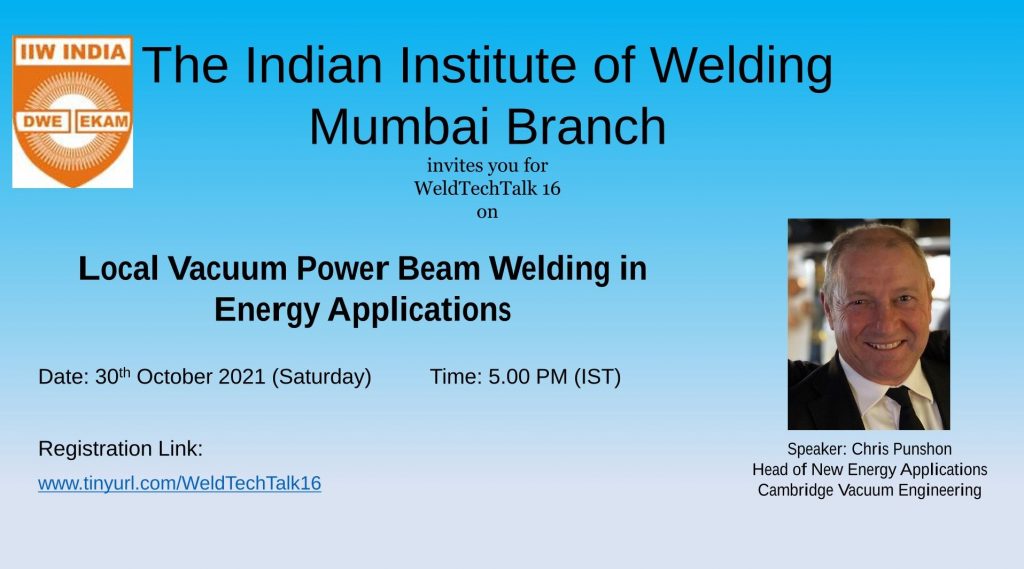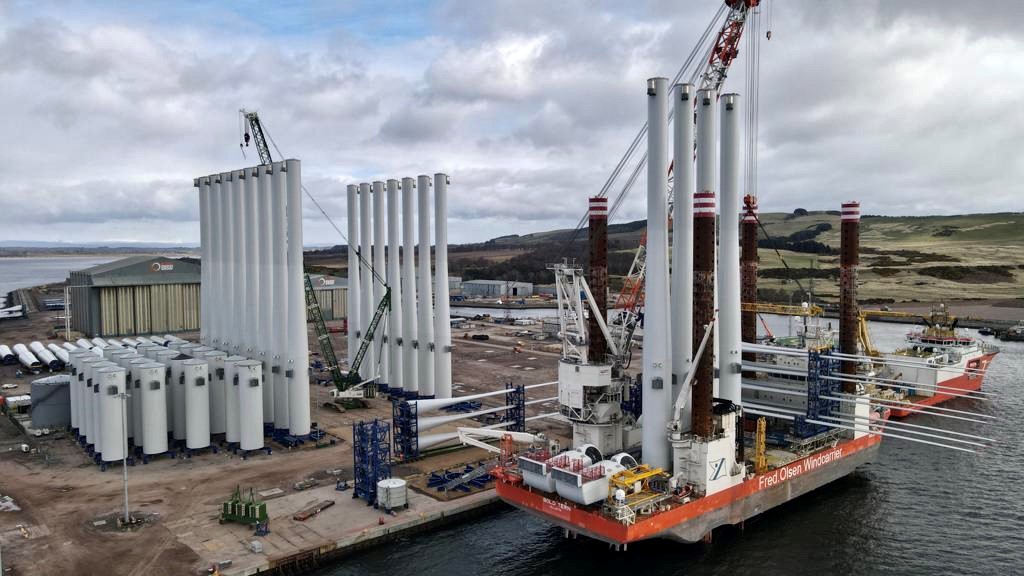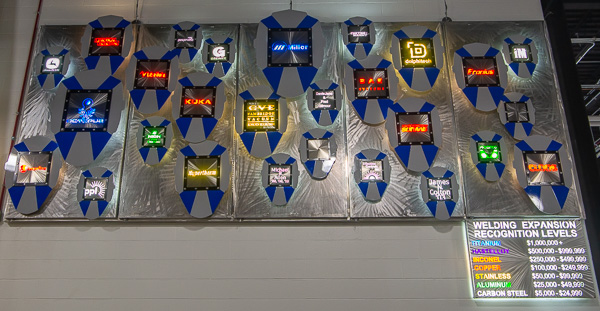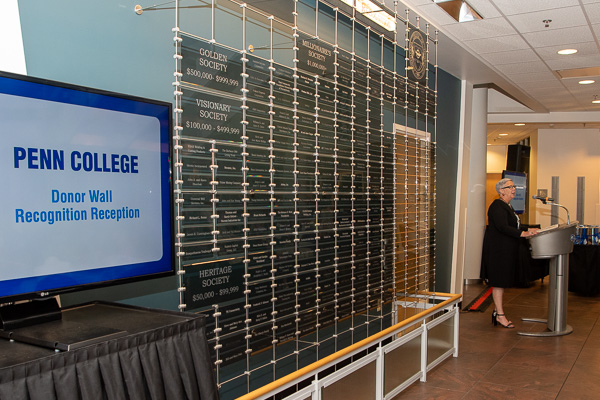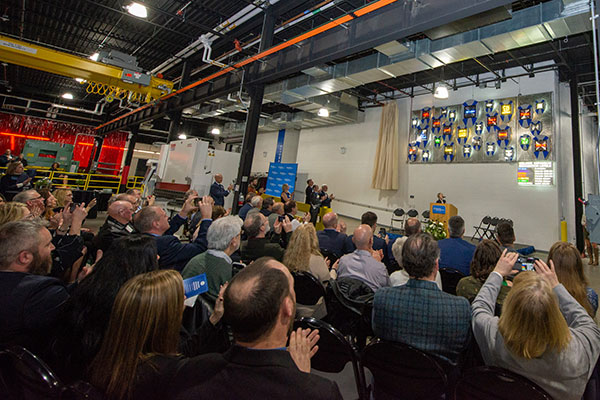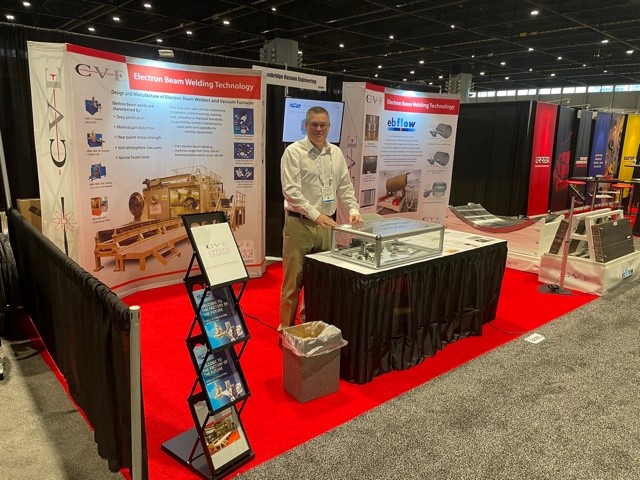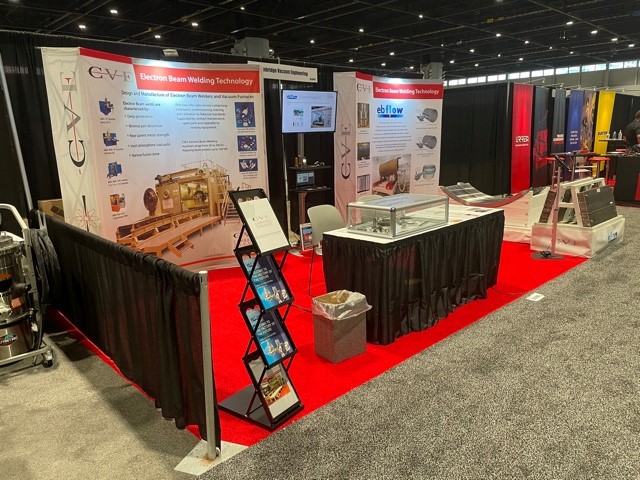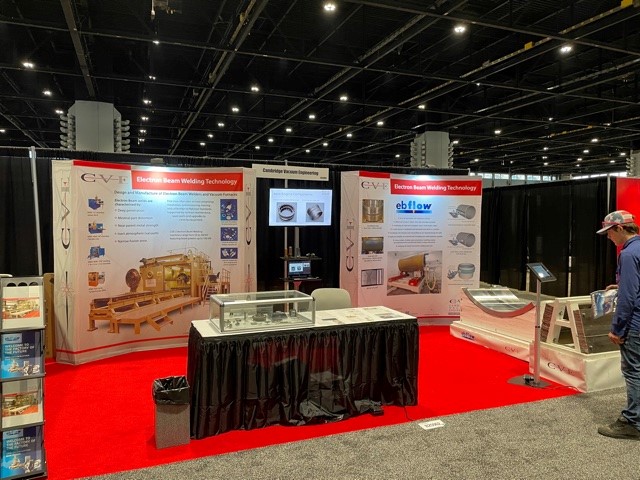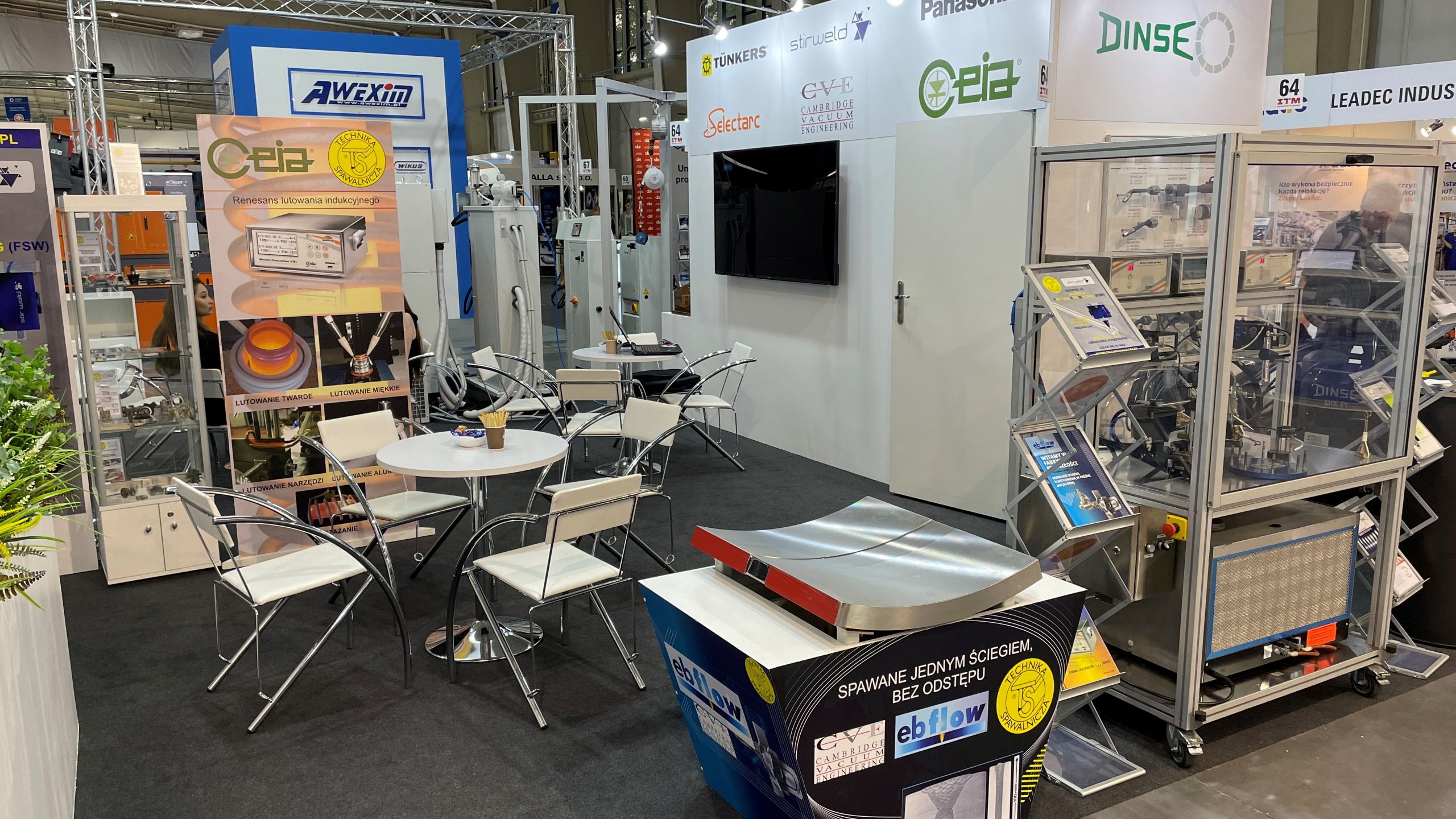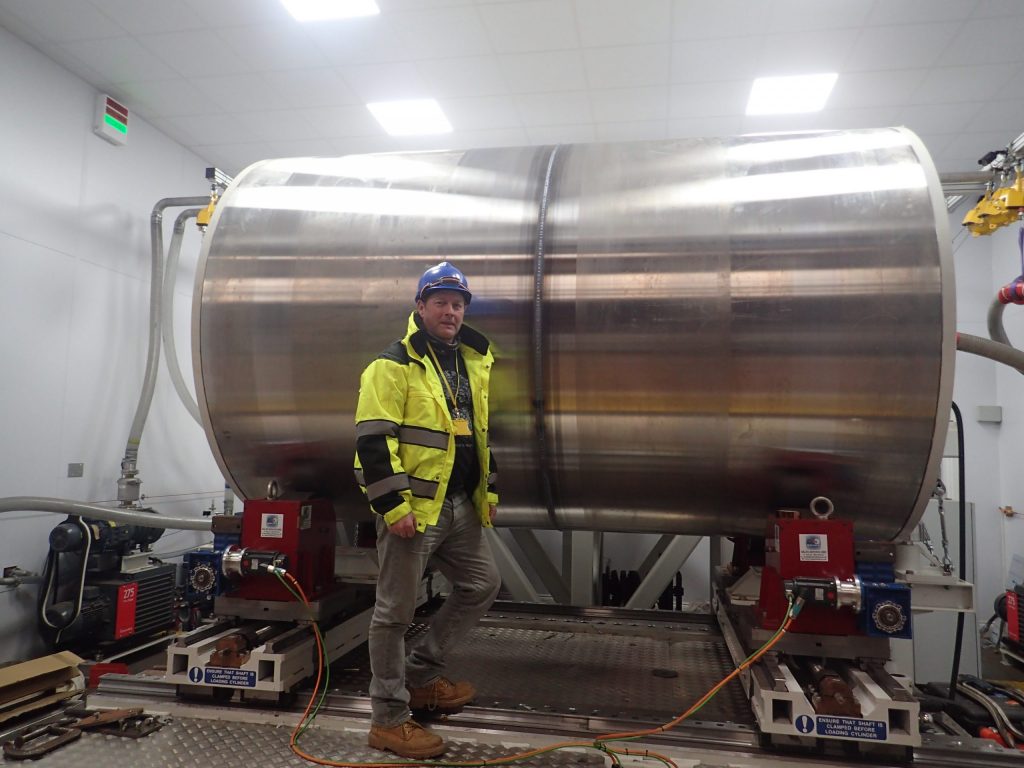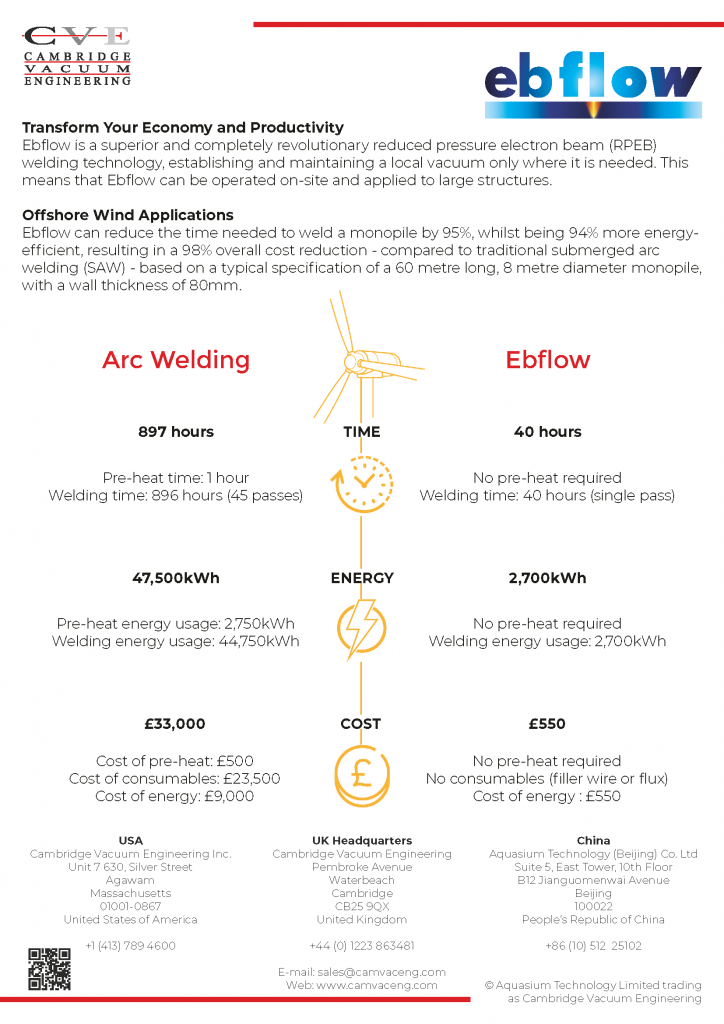RapidWeld Project Poster at Wind Europe 2022
Wind Europe 2022
TWI will be presenting a poster titled “Fatigue Performance of Longitudinal Seam Welds Made by Rapid Weld Electron Beam Welding for Use in Monopiles” supported by Cambridge Vacuum Engineering (CVE) and SSE Renewables at Wind Europe in Bilbao on 6th April.
The presentation will highlight the potential of electron beam welding to produce significant cost savings in many industries under the Rapid Weld project.
Rapid Weld Project
The Rapid Weld project aims to create an industry-approved weld process for offshore wind, which is more productive and sustainable than established methods while reducing energy and material costs significantly.
This will use CVE’s new technology, Ebflow.
Ebflow can reduce the time needed to weld a monopile by 95%, whilst being 94% more energy efficient, resulting in a 98% overall cost reduction – compared to traditional submerged arc welding (SAW) – based on a typical specification of a 60 metre long, 8 metre diameter monopile, with a wall thickness of 80mm.
More Information
CVE’s Head of New Energy Applications, Chris Punshon, will be at the event – please get in touch if you’d like to discuss the project in more detail!
For more information, you can view the poster.
Find out more about the event on the organiser’s website.
Event Poster
